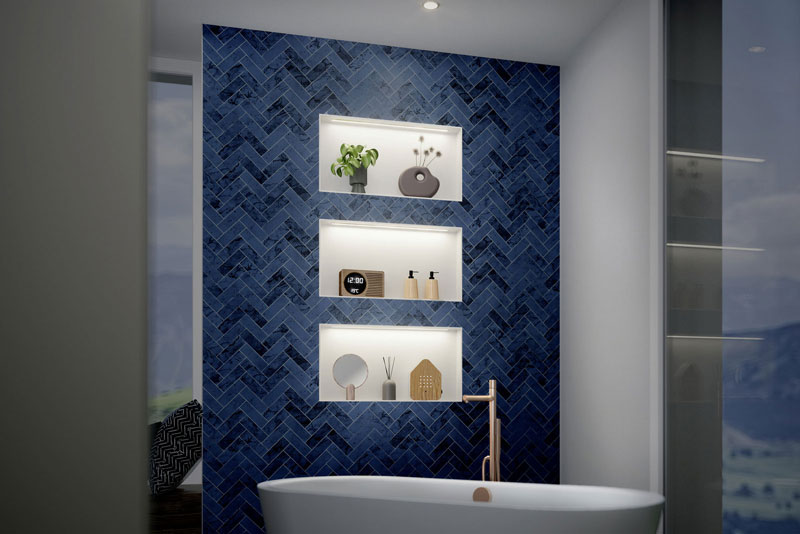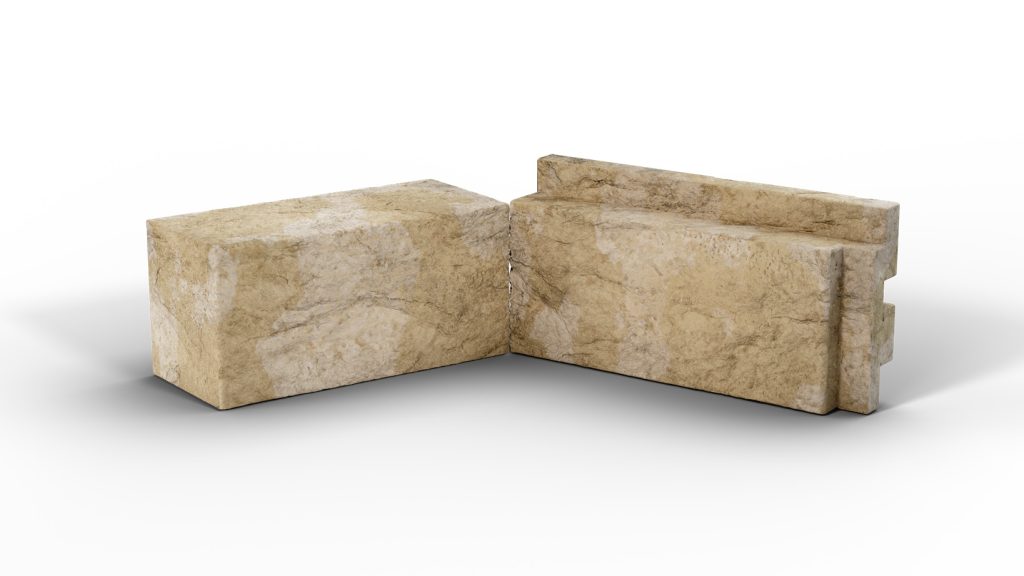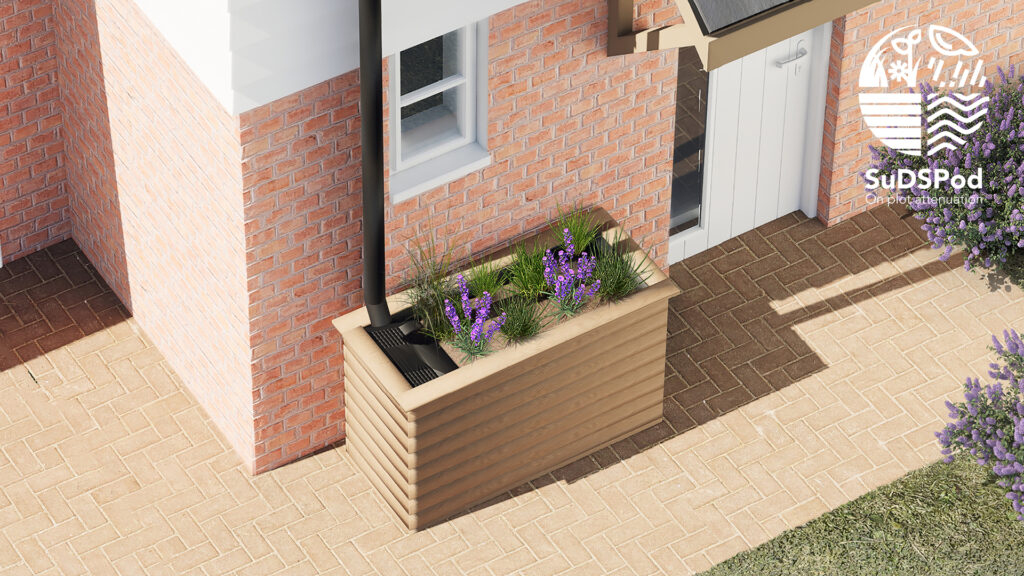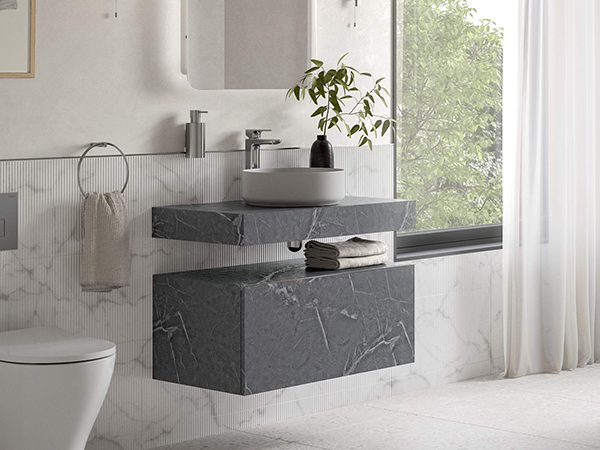Sustainable specifications
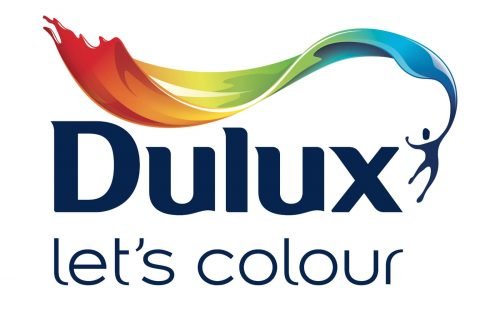
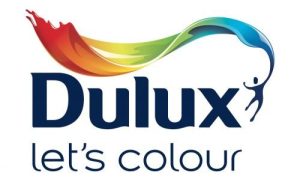
In recent years, the issue of sustainability has been at the forefront of building projects, encompassing the entire lifecycle of a project; from the product specification and build, right through to operational efficiencies, occupant wellbeing and end of life.
When it comes to paint, the impact it has on the environment is determined by the way it is produced, how much is needed, and how it functions once it is applied.
Standards and compliance
Choosing paint products that have lower Volatile Organic Compounds (VOCs) and embodied carbon levels, such as water-based paints, can help minimise the environmental impact of a project.
Low VOC products, compared to traditional solvent-based trim paints, are better for indoor air quality and offer a reduced odour, which is important when projects require accelerated completion. Whilst water-based products have traditionally been used for walls and ceilings, the industry is moving towards high performing water-based gloss and satin finishes for woodwork and metal, for example products such as Dulux Trade Quick Dry Gloss.
Selecting paint in line with BREEAM, SKA Rating or even the WELL Building Standard can also be advantageous. These environmental assessment methodologies and benchmark standards provide specifiers with the assurance that major projects, whether new construction or interior fit-outs or refurbishments, meet sustainable guidelines. The WELL Building Standard, for example, requires the use of low VOC products and intelligent use of colour. As a result, Dulux Trade has produced best practice guidelines that can be used as a reference point for specifiers looking to incorporate this into their next project.
In addition, manufacturers such as Dulux Trade that provide BES 6001 accreditation for Responsible Sourcing can further a project’s sustainability. Audited through third party assessment, this aids the process of making informed decisions by identifing products made with constituent materials that are ethically and responsibly sourced.
Detailed sustainable credentials of a paint product should be accessible via its Environmental Product Declaration (EPD) certificate. This provides transparency, by documenting comparable information about the lifecycle environmental impact of products and can help attract additional credits in environmental standards.
A long-term view
Sourcing good quality paint is crucial, as this will not only reduce the whole life-cost of a project but also minimise its environmental impact over time. Superior durability will extend maintenance cycles, as you ultimately use less paint over the decorating lifecycle. Whilst choosing a product with a higher spreading rate in the first place — without compromising on opacity — will mean it goes further. Products that require fewer coats or have a greater spreading rate mean less paint is used. This can also help to cut labour costs on each job too.
Specialists paints can also make a valuable contribution, for example, in rooms that will be exposed to high humidity such as kitchens and bathrooms, paints with good mould resistance are an ideal solution to combat regular repairs. Certain paints can even contribute to the energy-efficiency of a building. Those that contain light-reflective technology allow paint to reflect up to twice as much light around the room than equivalent standard emulsion paint with a similar hue and intensity. The resulting effect not only makes rooms seem brighter and more spacious, but can help to save up to 22% of lighting energy, by allowing lower wattage lamps to be used.
Taking responsibility
Sourcing paint that is fit-for-purpose from the initial stages of the design project can substantially reduce the amount of paint wasted onsite. And once the project is completed, any paint cans that are left-over can then be recycled. Within the UK, 55 million litres of paint and over 100 million paint cans are wasted each year. All empty paint cans are able to be recycled and some leading paint manufacturers will be able to facilitate this.
Further options are also available, for example paint donation schemes can help an organisation from their own Corporate Social Responsibility perspective, by having a positive impact on the wider community. For example, Dulux Trade’s Community Repaint scheme collects left-over paint and re-distributes it to local individuals, families, communities and charities in need – making use of every drop of paint purchased.
There are a multitude of factors to consider when specifying sustainable paint products – be that environmental standards, product performance or recycling solutions. All options should be taken into account depending on the individual requirments of the project. As such, specifiers can lean on expert advice from leading paint manufacturers to help ensure that the most appropriate and sustainable products are chosen.
















